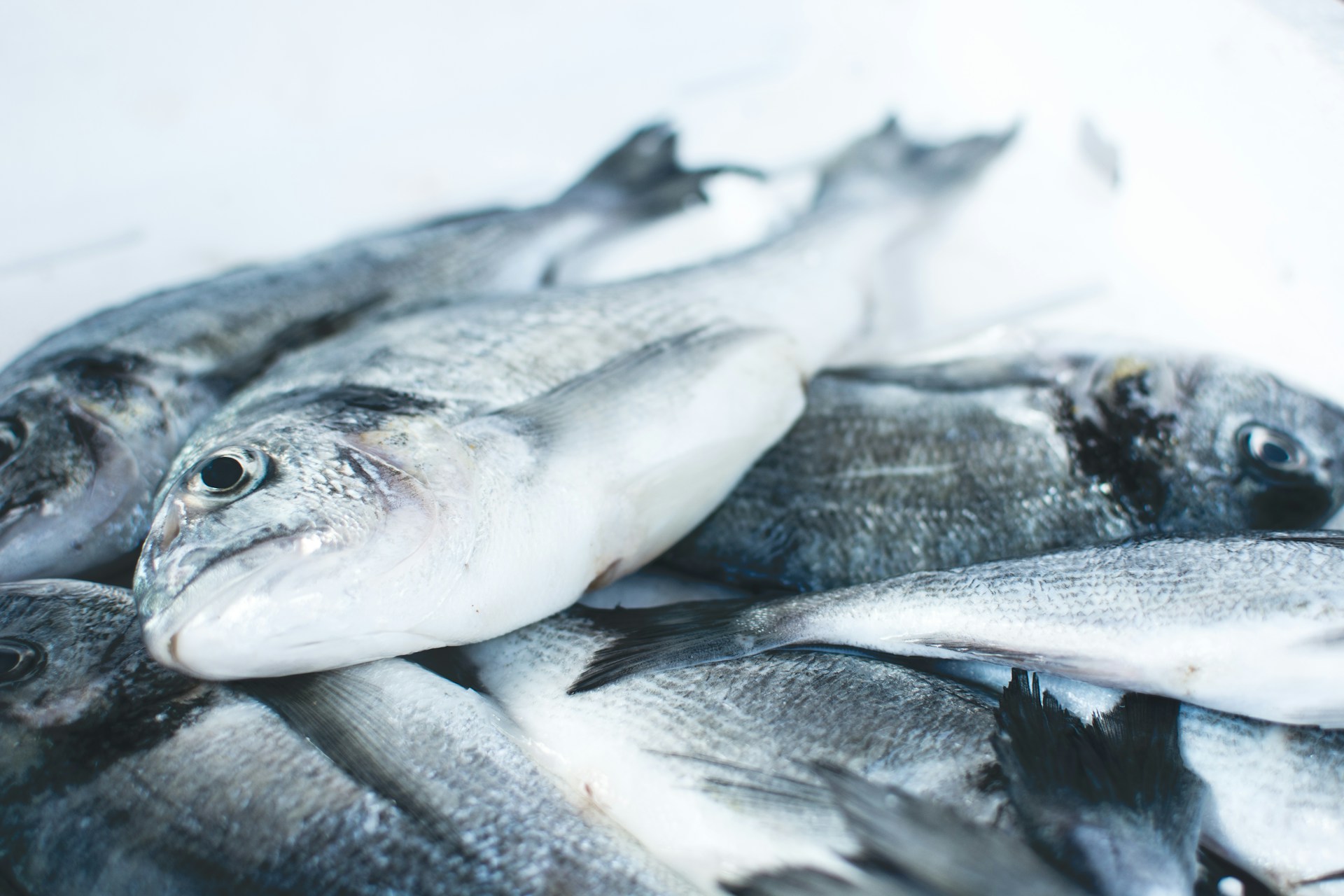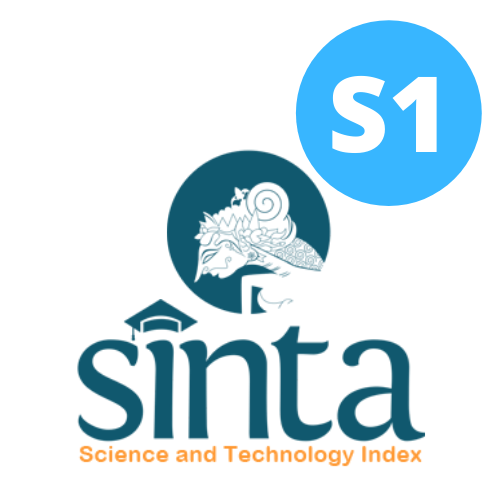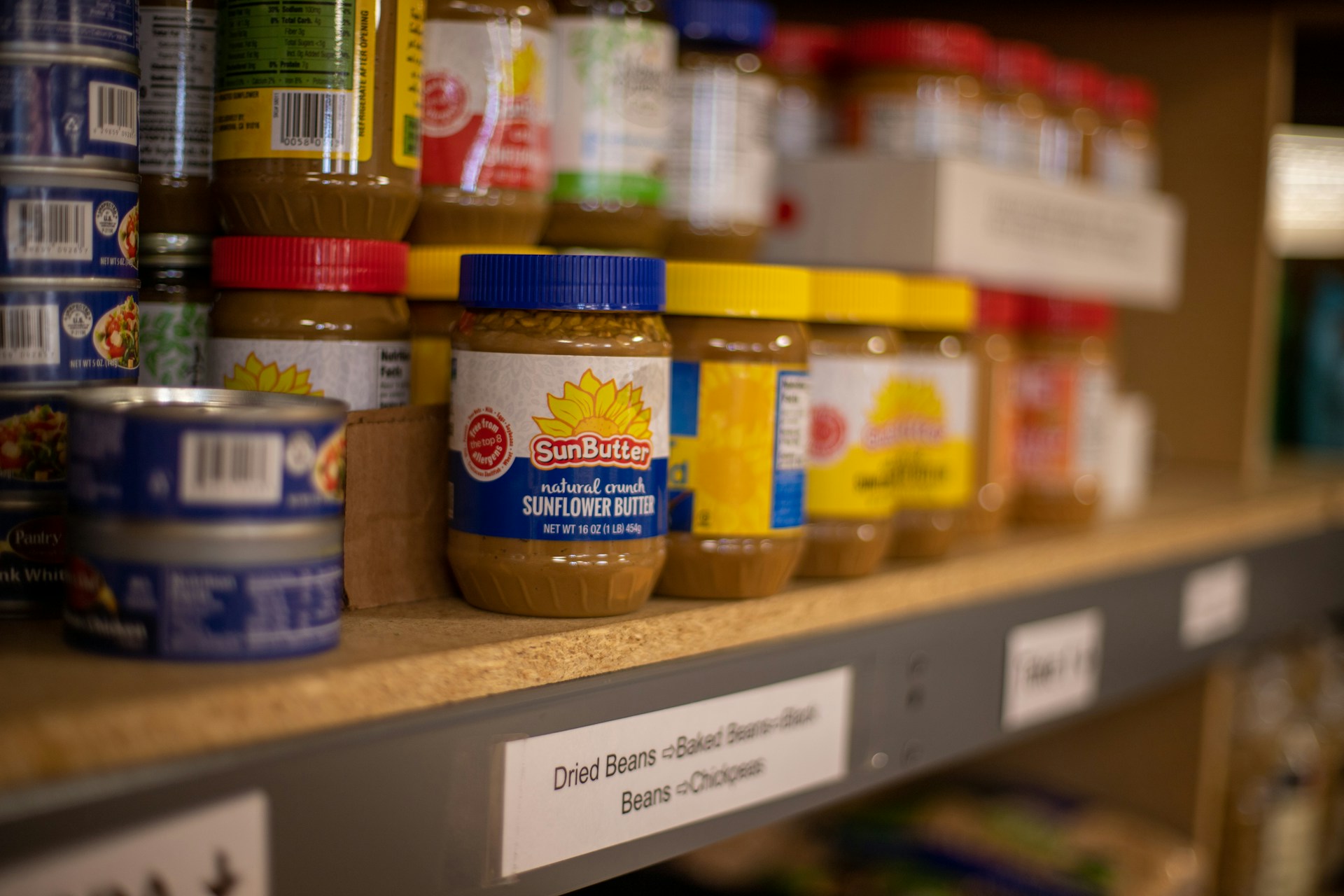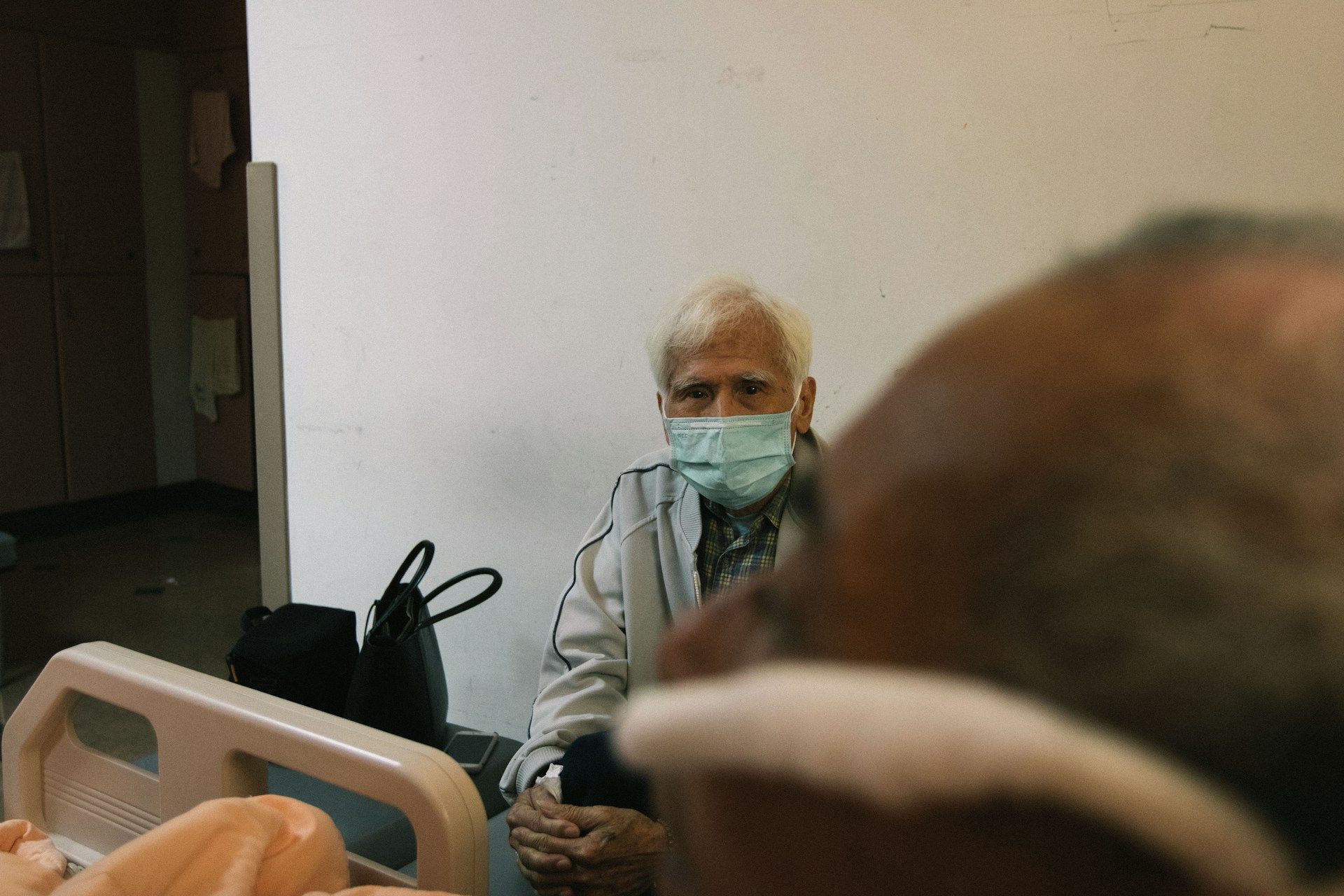The Potential of Tilapia Bone (Oreochromis Nilotikus) to Meet Calcium Sufficiency
Potensi Tulang Ikan Nila (Oreochromis Niloticus) untuk Memenuhi Kecukupan Kalsium

Downloads
Background: Calcium is an essential nutrient that plays a role in the human biological system, especially bones. The study results in Benin showed that the calcium intake of pregnant women was low, and Kinshella reported that the calcium intake of low-income pregnant women was very low. In Indonesia, the calcium intake of pregnant women is 403.5±343.1 mg/day from 1200 mg/day. The source of calcium is milk and its processed products.
Objectives: This study aims to obtain fishbones rich in calcium from fish processing waste. Fishbones can be an alternative source of calcium other than milk and are cheaper.
Methods: This study was conducted using two laboratory experiment methods. The fishbone sample is a fish skeleton that is fish processing waste. The first method was to press the fishbones for 2 hours and dry them in a cabinet dryer for 20 hours at 60°C. In the second method, the fishbones were soaked using as much as 30 ml per kg of vinegar acid for 10 minutes. Next, it was dried in a cabinet dryer for 4 hours at 60°C. These two methods tested the levels of proximate and calcium in fishbone meal.
Results: The moisture content of the two flours was almost the same, the protein, fat, and calorie content was higher in the first experimental fishbone meal. The second trial of fishbone meal has a higher ash and carbohydrate content. Meanwhile, the calcium level of the fishbone meal in the second trial was four times that of the first.
Conclusions: To achieve daily calcium sufficiency, one should consume 10 g of calcium flour. Further research is needed to determine calcium absorption in the body and the development of consumption in food applications.
Thor, K. Calcium—Nutrient and messenger. Front. Plant Sci. 10, (2019). doi: 10.3389/fpls.2019.00440.
Hodges, J. K., Cao, S., Cladis, D. P. & Weaver, C. M. Lactose Intolerance and Bone Health: The Challenge of Ensuring Adequate Calcium Intake. Nutrients 11, 718 (2019). doi: 10.3390/nu11040718.
Vannucci, L. et al. Calcium Intake in Bone Health: A Focus on Calcium-Rich Mineral Waters. Nutrients 10, 1930 (2018). doi: 10.3390/nu10121930.
Pateiro, M. et al. Nutritional Profiling and the Value of Processing By-Products from Gilthead Sea Bream (Sparus aurata). Mar. Drugs 18, 101 (2020). doi: 10.3390/md18020101.
Xu, Y., Ye, J., Zhou, D. & Su, L. Research Progress on Applications of Calcium Derived from Marine Organisms. Sci. Rep. 10, 18425 (2020). doi: 10.1038/s41598-020-75575-8.
Muslimin, I. Analisis Kandungan Kalsium dalam Tepung Tulang Ikan Kakap Merah (Lutjanus sp) menggunakan Metode Basa (NaOH). Technopreneur Fish. J. 1, (2023). https://e-jurnal.nobel.ac.id/index.php/tf.
Kemenkes RI. Tabel Komposisi Pangan Indonesia. (2017).
Pertiwi, M., Atma, Y., Mustopa, A. & Maisarah, R. Karakteristik Fisik dan Kimia Gelatin dari Tulang Ikan Patin dengan Pre-Treatment Asam Sitrat. J. Apl. Teknol. Pangan 7, 83–91 (2018). doi: 10.17728/jatp.2470.
Putranto, H. F., Asikin, A. N., Kelautan, I., Mulawarman, U. & Mulawarman, U. Karakterisasi Tepung Tulang Ikan Belida (Chitala Sp.) sebagai Sumber Kalsium dengan Metode Hidrolisis Protein. ZIRA;AH 40, 11–20 (2015). https://media.neliti.com/media/publications/223970-karakterisasi-tepung-tulang-ikan-belida.pdf,
Pérez, A. et al. Nutritional Properties of Fish Bones: Potential Applications in the Food Industry. Food Rev. Int. 40, 79–91 (2024). Doi: 10.1080/87559129.2022.2153136.
Bas, M. et al. Mechanical and Biocompatibility Properties of Calcium Phosphate Bioceramics Derived from Salmon Fish Bone Wastes. Int. J. Mol. Sci. 21, 8082 (2020). Doi: 10.3390/ijms21218082.
Nawaz, A. et al. The Effects of Fish Meat and Fish Bone Addition on Nutritional Value, Texture and Microstructure of Optimised Fried Snacks. Int. J. Food Sci. Technol. 54, 1045–1053 (2019). Doi:10.1111/ijfs.13974.
Panaretto, K. et al. Risk Factors for Preterm, Low Birth Weight and Small for Gestational Age Birth in Urban Aboriginal and Torres Strait Islander Women in Townsville. Aust N Z J Public Heal. 30, 163–70 (2006). Doi: 10.1111/j.1467-842x.2006.tb00111.x.
Kwasek, K., Thorne-Lyman, A. L. & Phillips, M. Can Human Nutrition be Improved Through Better Fish Feeding Practices? a Review Paper. Crit. Rev. Food Sci. Nutr. 60, 3822–3835 (2020). doi: 10.1080/10408398.2019.1708698.
Coppola, D. et al. Fish Waste: From Problem to Valuable Resource. Mar. Drugs 19, 116 (2021). Doi: 10.3390/md19020116.
Terzioğlu, P., Öğüt, H. & Kalemtaş, A. Natural Calcium Phosphates from Fish Bones and Their Potential Biomedical Applications. Mater. Sci. Eng. C 91, 899–911 (2018). Doi: 10.1016/j.msec.2018.06.010.
Boronat, Ò. et al. Development of Added-Value Culinary Ingredients from Fish Waste: Fish Bones and Fish Scales. Int. J. Gastron. Food Sci. 31, 100657 (2023). Doi: 10.1016/j.ijgfs.2022.100657.
Yusrina, A., Rochima, E., Handaka, A. A. & Rostini, I. Fishbone Flour (Definition, Analysis of Quality Characteristics, Manufacture): A Review. Asian J. Fish. Aquat. Res. 18–24 (2021). Doi:10.9734/ajfar/2021/v13i430271.
Asikin, A. N., Kusumaningrum, I. & Hidayat, T. Effect of Knife-Fish Bone Powder Addition on Characteristics of Starch and Seaweed Kerupuk as Calcium and Crude Fiber Sources. Curr. Res. Nutr. Food Sci. J. 7, 584–599 (2019). Doi: 10.12944/CRNFSJ.7.2.27.
Anggraeni, N., Sastro Darmanto, Y. & Riyadi, P. H. Pemanfaatan Nanokalsium Tulang Ikan Nila (Oreochromis niloticus) pada Beras Analog dari Berbagai Macam Ubi Jalar (Ipomoea batatas L.). J. Apl. Teknol. Pangan 5, 114–122 (2016). Doi: 10.17728/jatp.187.
Asikin, A. N. & Kusumaningrum, I. Kadar Kalsium dan Uji Kesukaan Kerupuk Fortifikasi Tepung Tulang Ikan Belida sebagai Sumber Kalsium. Posiding Semin. Nas. 19, 308–315 (2017). https://bspjisamarinda.kemenperin.go.id/download/proceeding/2017_semnas1/Hal_308-315_Ok.pdf.
Caruso, G., Floris, R., Serangeli, C. & Di Paola, L. Fishery Wastes as a Yet Undiscovered Treasure from the Sea: Biomolecules Sources, Extraction Methods and Valorization. Mar. Drugs 18, 622 (2020). Doi: 10.3390/md18120622.
Copyright (c) 2025 Amerta Nutrition

This work is licensed under a Creative Commons Attribution-ShareAlike 4.0 International License.
AMERTA NUTR by Unair is licensed under a Creative Commons Attribution-ShareAlike 4.0 International License.
1. The journal allows the author to hold the copyright of the article without restrictions.
2. The journal allows the author(s) to retain publishing rights without restrictions
3. The legal formal aspect of journal publication accessibility refers to Creative Commons Attribution Share-Alike (CC BY-SA).
4. The Creative Commons Attribution Share-Alike (CC BY-SA) license allows re-distribution and re-use of a licensed work on the conditions that the creator is appropriately credited and that any derivative work is made available under "the same, similar or a compatible license”. Other than the conditions mentioned above, the editorial board is not responsible for copyright violation.












































